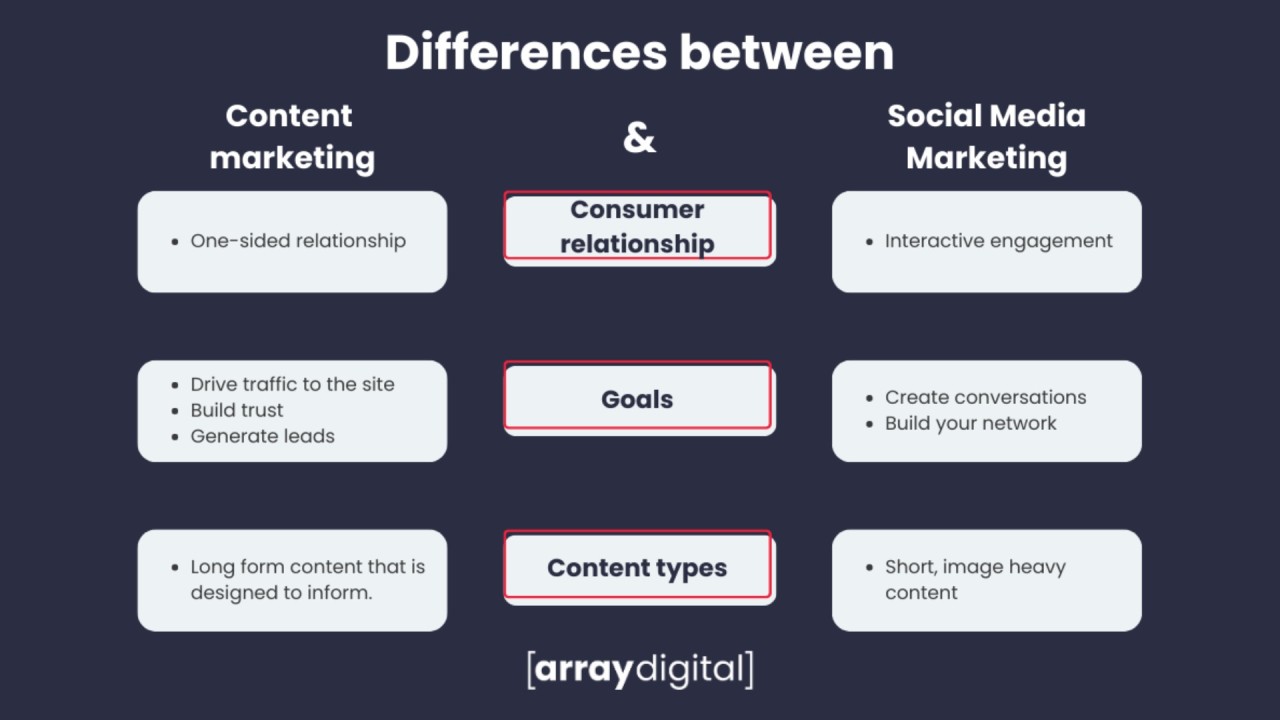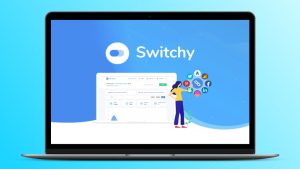Content marketing and social media marketing are two popular strategies. Both aim to engage audiences and drive growth.
Understanding the differences between content marketing and social media marketing is crucial. Each approach has its unique strengths and applications. Content marketing focuses on creating valuable, relevant content to attract and retain audiences. It’s about storytelling and providing useful information.
Social media marketing, on the other hand, leverages platforms like Facebook, Instagram, and Twitter to reach and engage with users. It involves real-time interaction and sharing. Comparing these strategies helps you decide which fits your goals best. Whether you want to build trust through valuable content or engage directly with your audience, knowing the differences can guide your marketing efforts effectively.
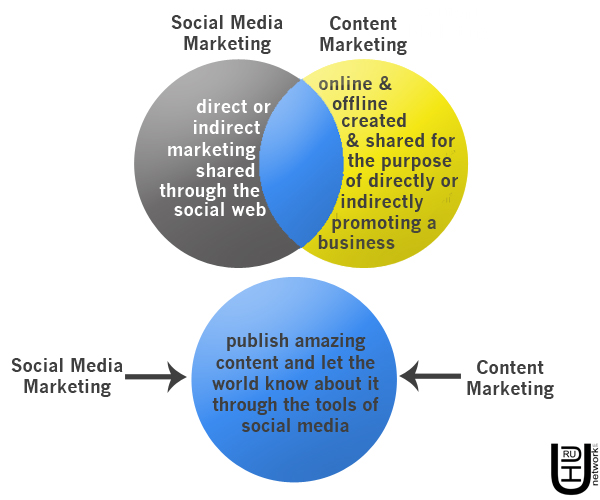
Credit: uhurunetwork.com
Table of Contents
Content Marketing Basics
Content marketing is a powerful tool in the digital marketing toolkit. It focuses on creating and sharing valuable content to attract and retain a target audience. Let’s dive into the basics of content marketing to understand its definition, purpose, and key elements.
Definition And Purpose
Content marketing involves creating and distributing relevant content. The goal is to engage a specific audience. This strategy aims to drive profitable customer action.
The purpose of content marketing is to build trust and authority. It provides solutions to the audience’s problems. This helps in establishing a connection with the audience.
Key Elements
Several elements are crucial for effective content marketing. Here are the key components:
- Content Creation: Developing engaging and valuable content.
- Content Distribution: Sharing content through various channels.
- Audience Research: Understanding the target audience’s needs and preferences.
- Content Strategy: Planning and organizing content to meet marketing goals.
- Analytics and Metrics: Measuring content performance and impact.
Content creation is the heart of content marketing. It includes blog posts, videos, infographics, podcasts, and more. Quality content addresses the audience’s questions and problems.
Content distribution is sharing the created content across different platforms. This can be through websites, social media, email newsletters, and other digital channels.
Audience research involves understanding who the target audience is. It helps in creating content that resonates with them.
Content strategy is about planning how the content will be created and shared. It includes setting goals, choosing topics, and scheduling content.
Analytics and metrics are used to track the success of the content. This involves measuring engagement, traffic, and conversions to see what works and what doesn’t.
These key elements work together to create a cohesive content marketing strategy. Each part plays a role in attracting and retaining the audience.
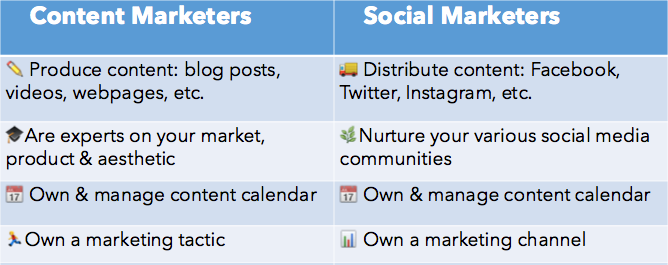
Credit: marketingsolved.com
Social Media Marketing Basics
Social media marketing is a key part of digital marketing. It uses social platforms to connect with your audience. This can help increase brand awareness, drive traffic, and generate leads. Understanding the basics can help you get the most out of your efforts.
Definition And Purpose
Social media marketing involves creating and sharing content on social networks. The main goal is to achieve your marketing and branding goals. This includes posting text, images, videos, and other content. The aim is to drive audience engagement and build a community around your brand.
The purpose is to create a two-way communication channel. This allows you to listen to your audience and respond in real-time. It’s also about building relationships and trust with your audience.
Key Elements
Several key elements make up an effective social media marketing strategy:
- Content Creation: High-quality, engaging content is essential. This could be blog posts, infographics, videos, or podcasts.
- Platform Selection: Choose the right platforms based on where your audience is. Popular options include Facebook, Instagram, Twitter, LinkedIn, and Pinterest.
- Audience Engagement: Interact with your followers. Respond to comments, answer questions, and participate in conversations.
- Analytics: Use analytics tools to track the performance of your campaigns. This helps you understand what works and what doesn’t.
- Advertising: Paid ads can help reach a larger audience. Most platforms offer targeted advertising options.
Social media marketing is dynamic and ever-changing. Staying updated on trends and best practices is crucial for success.
Target Audience
Understanding your target audience is crucial for both Content Marketing and Social Media Marketing. Knowing who you are speaking to helps you create relevant and engaging content. Let’s explore how to identify and tailor content for each audience.
Identifying Your Audience
To identify your audience, start with basic demographic information:
- Age: Knowing the age group helps in choosing the right tone.
- Gender: Tailor your content to the preferences of each gender.
- Location: Geographic location can influence interests and needs.
- Income Level: Understand their purchasing power and spending habits.
Use analytics tools to gather this data. Google Analytics and social media insights can provide valuable information.
Next, consider psychographic information:
- Interests: What are their hobbies and passions?
- Values: What principles guide their decisions?
- Lifestyle: What kind of life do they lead?
Surveys and feedback forms can help in collecting psychographic data. Engaging with your audience directly also provides insights.
Tailoring Content For Each Audience
Once you have identified your audience, it’s time to tailor your content:
- Content Marketing: Focus on educational and informative content. Articles, blogs, and eBooks work well.
- Social Media Marketing: Create engaging and shareable content. Videos, images, and infographics are ideal.
Consider the platform you are using:
| Platform | Content Type |
|---|---|
| Short posts, images, videos | |
| Images, stories, short videos | |
| Professional articles, industry news |
Each platform has its unique audience. Customize your content to fit the platform.
Use a conversational tone for social media. Keep it formal and informative for content marketing.
Always keep your audience’s preferences in mind. This ensures your content resonates with them.
Content Creation Strategies
Content creation strategies are crucial for both content marketing and social media marketing. Effective strategies help engage your audience and convey your message clearly. Let’s explore some popular content creation strategies.
Blogging
Blogging is a powerful strategy. It helps build authority and trust. Write informative and engaging posts on topics relevant to your audience. Use simple language and short sentences. Make sure your content is easy to read. Use headings, bullet points, and images to break up text. Consistency is key. Post regularly to keep your audience engaged. Optimize your blog posts for search engines. This helps increase visibility.
Video Content
Video content is highly engaging. It captures attention quickly. Create short and informative videos. Use clear visuals and simple language. Explain complex ideas in an easy-to-understand way. Use subtitles for better accessibility. Post videos on platforms like YouTube and social media. Promote your videos through your website and email newsletters. Regularly update your video content to keep it fresh.
Infographics
Infographics are visual representations of information. They are easy to understand. Use them to explain data, processes, or concepts. Keep the design simple and clean. Use bright colors and clear fonts. Include statistics and facts to add value. Share infographics on your blog, social media, and email. They are highly shareable and can drive traffic to your site.
Social Media Strategies
Social media strategies are essential to your marketing success. They help you reach your target audience, build brand awareness, and drive engagement. Let’s dive into some crucial aspects of social media strategies.
Platform Selection
Choosing the right social media platforms is key. Each platform serves different purposes and audiences.
| Platform | Audience | Best For |
|---|---|---|
| All age groups | Brand awareness, customer engagement | |
| Younger audience (18-34) | Visual content, influencer marketing | |
| Professionals | Networking, B2B marketing | |
| All age groups | Real-time updates, customer support |
Engagement Tactics
Engagement is crucial for social media success. Use these tactics to boost interaction:
- Post regularly and consistently.
- Respond to comments and messages promptly.
- Use polls and questions to encourage participation.
- Share user-generated content.
- Collaborate with influencers and other brands.
Advertising
Social media advertising can help you reach a larger audience. It is cost-effective and highly targeted.
- Facebook Ads: Target specific demographics, interests, and behaviors.
- Instagram Ads: Use visual content to captivate your audience.
- LinkedIn Ads: Ideal for B2B marketing and professional services.
- Twitter Ads: Promote tweets and trends to reach more users.
Remember to monitor ad performance. Adjust your strategies based on the results.
Performance Metrics
Understanding performance metrics is crucial in evaluating your marketing efforts. Metrics help you gauge effectiveness and make informed decisions. Both content marketing and social media marketing have unique metrics to track. Knowing these metrics helps refine your strategies and reach your goals.
Content Marketing Metrics
Content marketing metrics focus on how your content performs. Key metrics include page views, time spent on page, and bounce rate. Page views measure the number of times your content is viewed. Time spent on page indicates how engaging your content is. A high bounce rate means visitors leave quickly. This can suggest your content needs improvement.
Other important metrics are social shares, comments, and backlinks. Social shares show how often your content is shared on social media. Comments reflect audience engagement and interest. Backlinks from other websites boost your content’s authority and SEO. Tracking these metrics helps improve your content strategy.
Social Media Metrics
Social media metrics measure your presence and engagement on social platforms. Key metrics include likes, shares, and comments. Likes indicate the initial level of audience approval. Shares extend your reach by spreading your content. Comments reveal audience interaction and engagement.
Other vital metrics are follower growth, impressions, and click-through rates. Follower growth measures how many new followers you gain. Impressions show how many times your content is seen. Click-through rates indicate how often people click your links. These metrics help refine your social media strategy and increase engagement.
Pros And Cons
Understanding the pros and cons of Content Marketing and Social Media Marketing helps businesses make informed decisions. Each has its own set of advantages and challenges. Let’s dive into the specifics.
Advantages Of Content Marketing
Content Marketing offers several benefits:
- Long-term value: Quality content continues to attract traffic over time.
- SEO benefits: Well-crafted content helps improve search engine rankings.
- Audience trust: Informative content builds credibility and trust.
- Lead generation: Effective content can convert visitors into leads.
Content Marketing is versatile. It includes blog posts, videos, infographics, and eBooks.
Advantages Of Social Media Marketing
Social Media Marketing also has its own set of benefits:
- Instant engagement: Immediate interaction with your audience.
- Wider reach: Social platforms have millions of active users.
- Cost-effective: Many platforms offer free or low-cost options.
- Brand awareness: Social media boosts brand visibility.
Social Media Marketing includes posts, stories, ads, and live sessions.
Challenges And Limitations
| Content Marketing | Social Media Marketing |
|---|---|
| Time-consuming: Creating quality content takes time. | Short lifespan: Social posts quickly become outdated. |
| Consistency: Regular updates are needed to stay relevant. | Algorithm changes: Platform changes can affect reach. |
| Initial cost: High-quality content may require investment. | Engagement: Requires active monitoring and interaction. |
Both strategies have their unique pros and cons. It’s important to choose the one that fits your business needs.
Integration Tactics
Content Marketing and Social Media Marketing are powerful tools. Each has its strengths. Integrating both can amplify your reach. Here’s how to blend these strategies effectively.
Combining Both Strategies
Start by creating high-quality content. This is the foundation. Share this content on social media platforms. Use each platform’s strengths. Facebook is great for longer posts. Twitter works well for quick updates. LinkedIn is ideal for professional content.
Include engaging visuals. Images and videos capture attention. People are more likely to share visual content. Use tools to schedule posts. Consistency is key. Regular posting keeps your audience engaged.
Engage with your audience. Respond to comments and messages. Create a community around your content. Ask questions to encourage interaction. This builds a loyal following.
Case Studies
Consider Company A. They used blog posts for content marketing. Each post was shared on social media. This increased their traffic by 30%. Their audience grew quickly.
Company B focused on video content. They shared videos on YouTube and Facebook. The videos included links to their website. This strategy boosted their sales by 20%. Their audience found the videos engaging and informative.
These examples show the power of integration. Combining content and social media can lead to significant growth. Test different strategies. Find what works best for your audience.
Future Trends
The landscape of Content Marketing and Social Media Marketing is rapidly evolving. As technology advances, both fields are adapting to new trends and consumer behaviors. Understanding these trends is crucial for staying ahead in the digital marketing game.
Evolving Content Marketing
Content marketing is moving towards more personalized and interactive content. Consumers seek content that resonates with their individual needs and preferences.
- Interactive Content: Quizzes, polls, and interactive videos are on the rise.
- Personalized Content: AI-driven personalization tailors content to each user.
- Voice Search Optimization: As voice assistants grow, optimizing content for voice search is key.
Long-form content is gaining traction. Detailed guides, ebooks, and in-depth articles help build authority and trust. Multimedia content, including videos and infographics, continues to be essential.
| Trend | Impact |
|---|---|
| Interactive Content | Increases user engagement |
| Personalized Content | Enhances user experience |
| Voice Search Optimization | Improves search visibility |
Evolving Social Media Marketing
Social media marketing is also seeing significant shifts. Short-form video content is dominating platforms like TikTok and Instagram.
- Short-form Videos: Quick, engaging videos capture attention and go viral.
- Live Streaming: Real-time interaction with audiences builds stronger connections.
- Social Commerce: Shopping directly on social platforms is becoming more common.
Influencer marketing remains important. Collaborating with influencers can boost brand visibility and credibility. User-generated content is also valuable. It provides authentic and relatable content.
| Trend | Impact |
|---|---|
| Short-form Videos | High engagement and shareability |
| Live Streaming | Real-time audience engagement |
| Social Commerce | Seamless shopping experience |
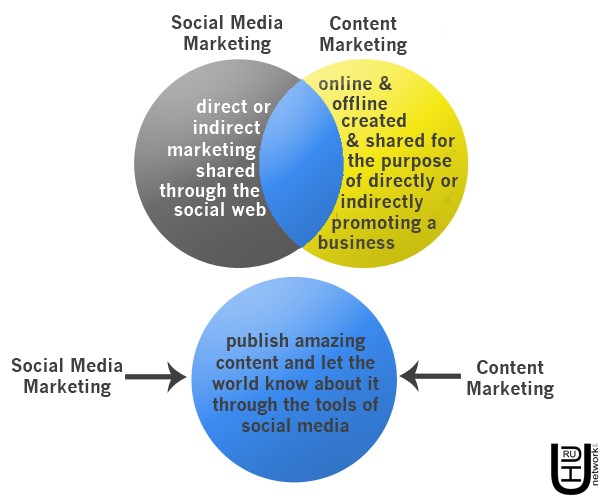
Credit: marketingsolved.com
Frequently Asked Questions
What Is Content Marketing?
Content marketing involves creating valuable content to attract and engage an audience. It aims to drive profitable customer actions.
How Does Social Media Marketing Work?
Social media marketing utilizes social platforms to promote products and services. It engages with the audience to build brand awareness.
Which Is Better For Brand Awareness?
Both methods enhance brand awareness. Content marketing builds authority, while social media marketing offers immediate engagement with the audience.
Can Content Marketing And Social Media Marketing Be Combined?
Yes, combining them amplifies reach. Content marketing provides valuable content, which can be shared on social media for broader engagement.
Conclusion
Both content marketing and social media marketing have their unique strengths. Content marketing builds trust with valuable information. Social media marketing connects directly with your audience. Choose the right strategy based on your goals. Sometimes, blending both can work best.
Always analyze your results and adjust your approach. Stay consistent and focused on your audience’s needs. Keep learning and adapting to trends. This will help you succeed in the digital world.

